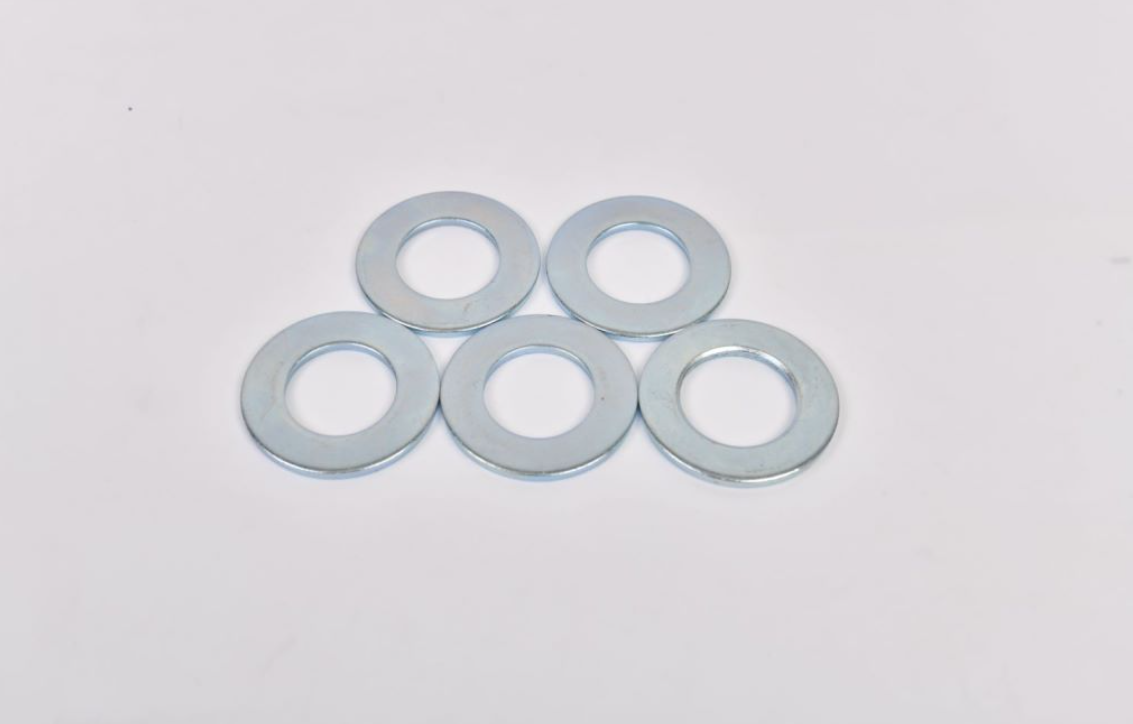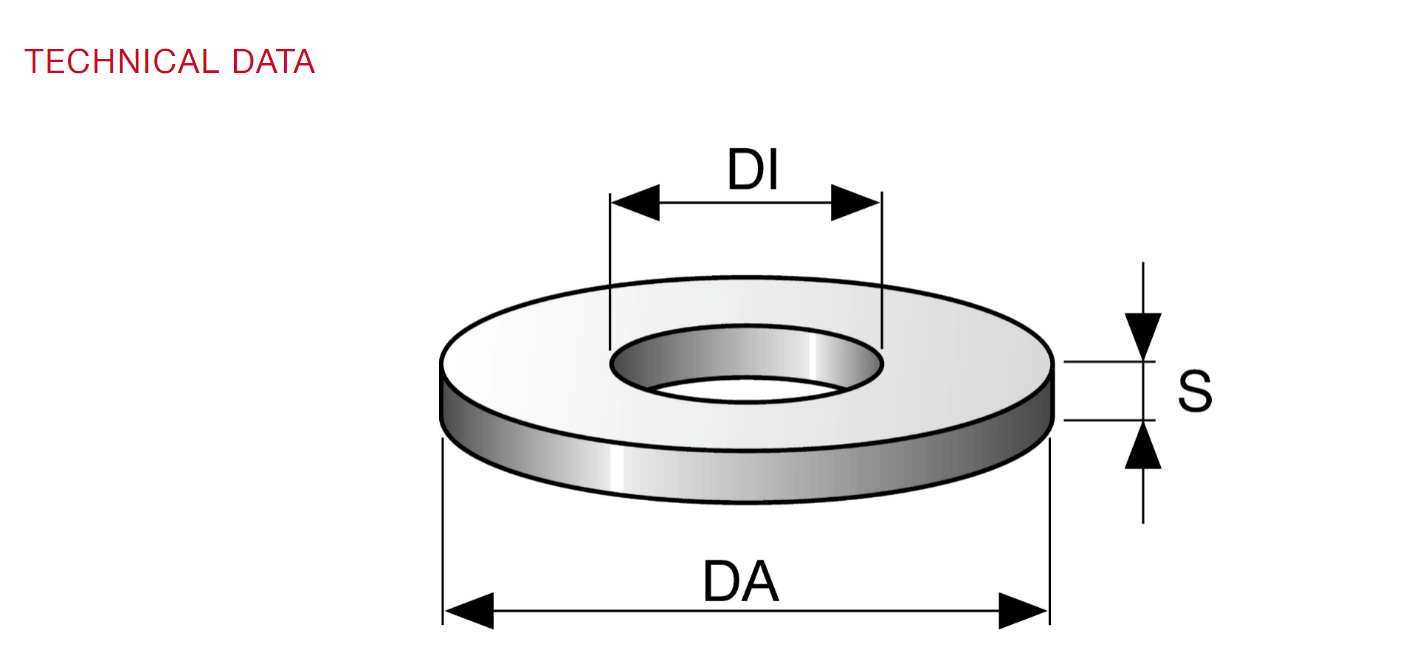Feb . 18, 2025 06:46
Back to list
din125 plain washer flat washer
Selecting the appropriate type of washer is crucial in any assembly or mechanical configuration. Among the many types available, spring washers and flat washers often lead the pack, praised for their reliability and functional efficacy. This article delves into the nuanced differences and applications of these two types of washers, drawing from authentic experiences and expert insights to guide buyers and engineers in making informed decisions.
When choosing between spring washers and flat washers, or deciding to use both, it's essential to consider the specific demands of the intended application. Factors such as environmental conditions, the nature of the materials being fastened, and the mechanical load must be considered. Corrosion resistance, for instance, can significantly impact material selection; stainless steel washers may be preferred in marine applications due to their ability to withstand saline conditions. For industry professionals seeking to procure these components, understanding the legal and industry standards that govern washer production is crucial. International standards, such as those from the International Organization for Standardization (ISO) or the American Society for Testing and Materials (ASTM), provide guidelines on material composition, manufacturing processes, and performance metrics. Adherence to these standards ensures that washers perform as expected under specified conditions, maintaining both safety and compliance. It's also important for buyers to engage with reputable suppliers who can provide comprehensive documentation and quality assurance certificates. Trustworthiness in the supply chain is vital, not just for meeting regulatory needs but also for ensuring the longevity and reliability of the final product. This highlights the importance of establishing partnerships with manufacturers or distributors known for their expertise and commitment to quality. In conclusion, both spring washers and flat washers play indispensable roles across various industries due to their unique properties and practicality. By understanding their specific functions, potential applications, and relevant industry standards, engineers and procurement specialists can make decisions that boost performance and ensure safety. Whether used separately or together, these small yet powerful components underpin the integrity of countless machines and structures worldwide.


When choosing between spring washers and flat washers, or deciding to use both, it's essential to consider the specific demands of the intended application. Factors such as environmental conditions, the nature of the materials being fastened, and the mechanical load must be considered. Corrosion resistance, for instance, can significantly impact material selection; stainless steel washers may be preferred in marine applications due to their ability to withstand saline conditions. For industry professionals seeking to procure these components, understanding the legal and industry standards that govern washer production is crucial. International standards, such as those from the International Organization for Standardization (ISO) or the American Society for Testing and Materials (ASTM), provide guidelines on material composition, manufacturing processes, and performance metrics. Adherence to these standards ensures that washers perform as expected under specified conditions, maintaining both safety and compliance. It's also important for buyers to engage with reputable suppliers who can provide comprehensive documentation and quality assurance certificates. Trustworthiness in the supply chain is vital, not just for meeting regulatory needs but also for ensuring the longevity and reliability of the final product. This highlights the importance of establishing partnerships with manufacturers or distributors known for their expertise and commitment to quality. In conclusion, both spring washers and flat washers play indispensable roles across various industries due to their unique properties and practicality. By understanding their specific functions, potential applications, and relevant industry standards, engineers and procurement specialists can make decisions that boost performance and ensure safety. Whether used separately or together, these small yet powerful components underpin the integrity of countless machines and structures worldwide.
Latest news
-
Top Choices for Plasterboard FixingNewsDec.26,2024
-
The Versatility of Specialty WashersNewsDec.26,2024
-
Secure Your ProjectsNewsDec.26,2024
-
Essential Screws for Chipboard Flooring ProjectsNewsDec.26,2024
-
Choosing the Right Drywall ScrewsNewsDec.26,2024
-
Black Phosphate Screws for Superior PerformanceNewsDec.26,2024
-
The Versatile Choice of Nylon Flat Washers for Your NeedsNewsDec.18,2024
Related News










